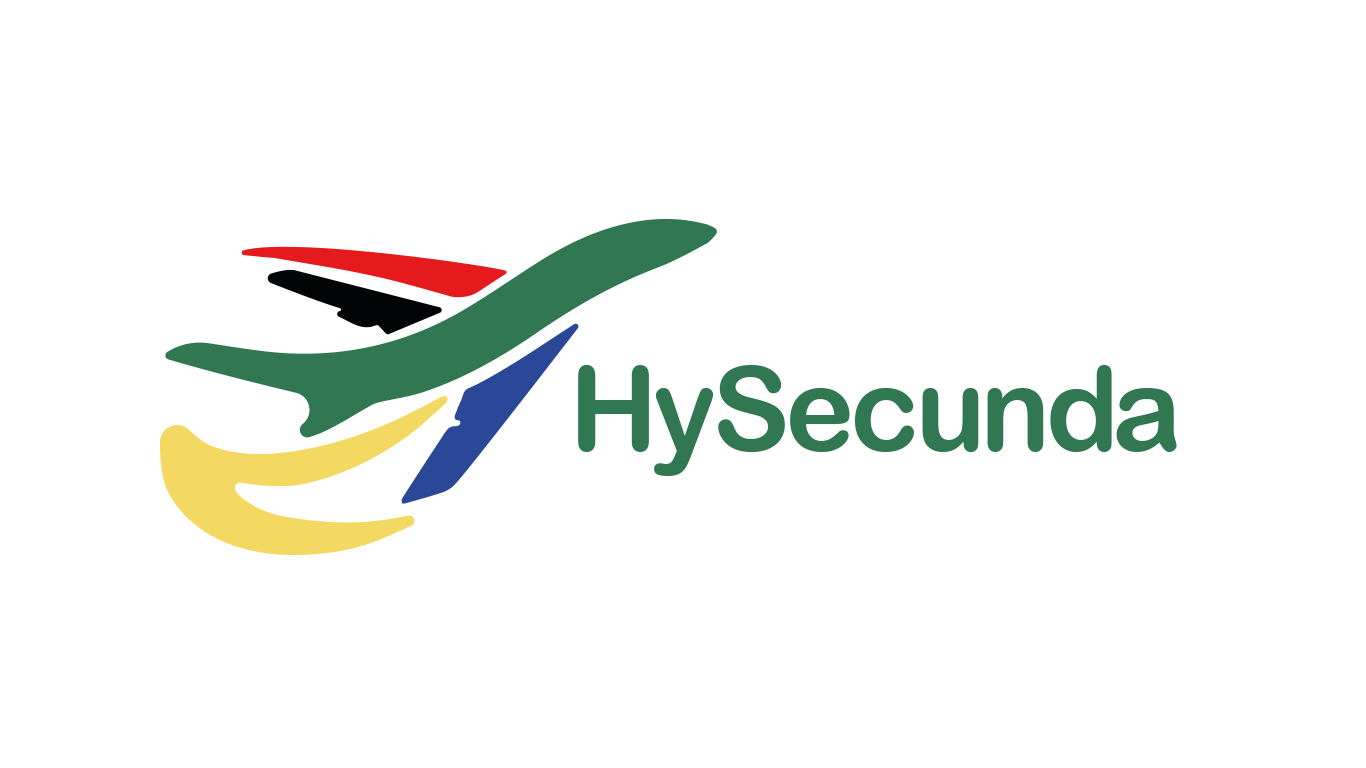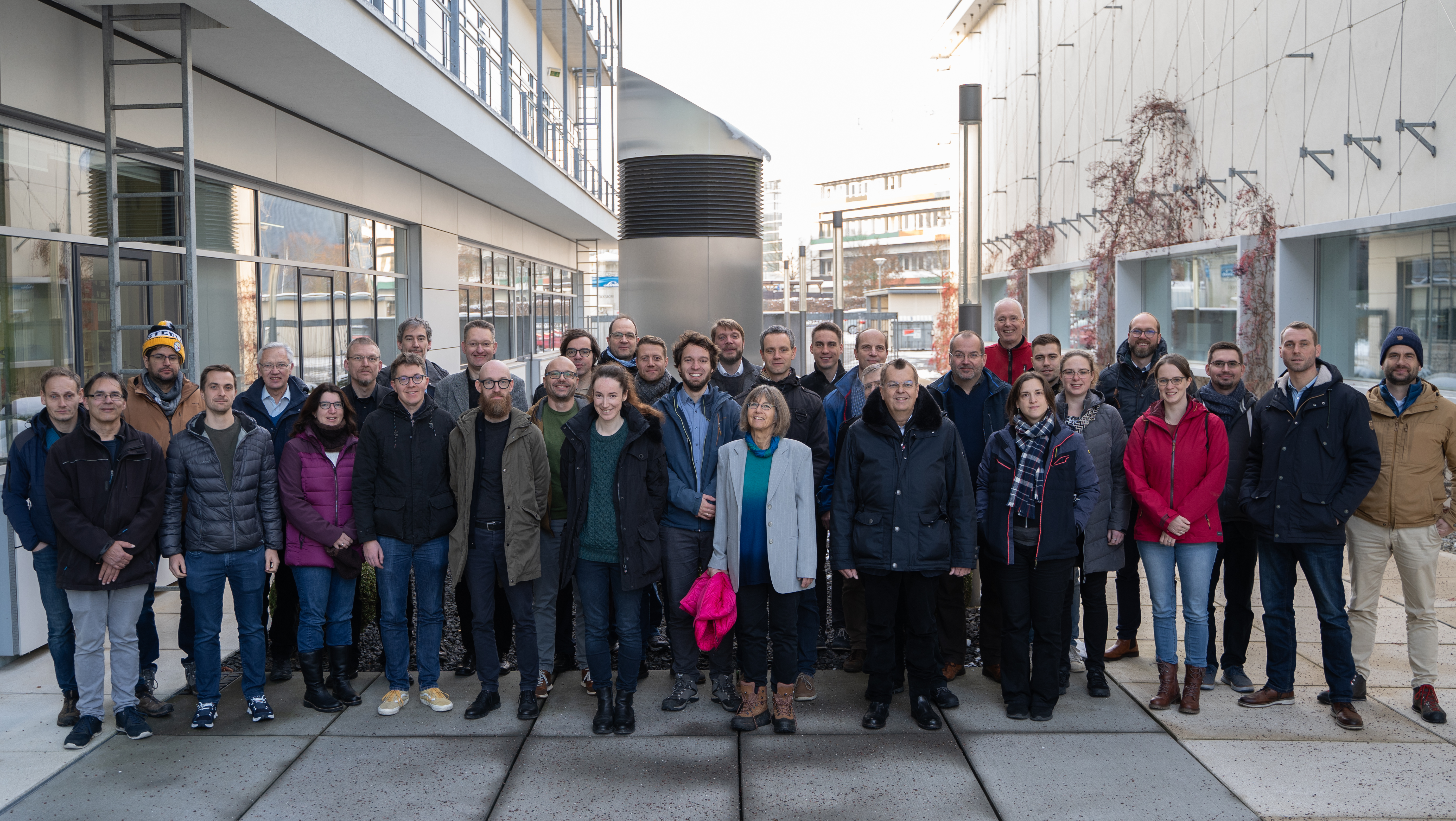Scalable solutions for the production of green hydrogen in South Africa
South Africa could play an important role as a reliable producer of green hydrogen - also as a supplier for Germany - in the coming years. However, when it comes to storing and distributing the raw material, challenges arise. This is where the recently launched Fraunhofer joint project "HySecunda", in which nine Fraunhofer Institutes and the Fraunhofer Academy are cooperating, comes in. The project aims to find optimized solutions for the production, storage and certification of green hydrogen. The consortium is also providing support with capacity building in the region and in current projects on hydrogen-based fuels for aviation.
South Africa has abundant renewable energy sources such as solar and wind, which can be used to produce clean and sustainable hydrogen. The country could therefore play an important role as a hydrogen producer for Germany and Europe in the future if suitable infrastructure for hydrogen distribution and storage can be developed and production costs can be reduced in order to ensure competitiveness.
This is where the joint project "HySecunda" comes in, in which several Fraunhofer Institutes are developing practical and scalable solutions for green hydrogen production in South Africa over a period of three years:
The institutes involved include the Fraunhofer Institute for Microengineering and Microsystems IMM, Energy Economics and Energy System Technology IEE, Energy Infrastructures and Geothermal Energy IEG, Ceramic Technologies and Systems IKTS, Silicate Research ISC, Surface Engineering and Thin Films IST, Wind Energy Systems IWES, Systems and Innovation Research ISI, Solar Energy Systems ISE and the Fraunhofer Academy.
As part of the project, solutions for capacity building are to be implemented, for example through a training and further education concept that addresses the country-specific needs of the 16-state Southern African Development Community (SADC region).
Market and system oriented solutions for the certification of green hydrogen
A central topic for "HySecunda" is also market and system-compatible solutions for the certification of green hydrogen and its derivatives. These are a prerequisite for successful commercialization and imports to Germany and Europe.
On the technological level, the Fraunhofer Institutes are contributing to four key areas:
- The development of novel sensor technology, which should, for example, enable better detection of leaks in tanks and pipes as well as early detection of corrosion and ageing processes.
- Novel, combined oxygen/hydrogen barrier layers. Such layers prevent oxygen and hydrogen from penetrating into other parts of the electrolysis cell or into the environment. Improved solutions therefore increase the service life and safety of the components used.
- More cost-effective coatings for bipolar plates (BPP). Such plates serve as conductive partitions between the individual cells. Due to the extreme demands placed on these components (temperature, pressure, electrical voltage, corrosive conditions), BPPs are usually made of titanium, graphite, steel or stainless steel and the surface is also coated with precious metals such as gold or platinum. Here, the consortium wants to test more cost-effective solutions that can withstand the extreme operating conditions and offer the necessary long-term stability.
- Optimized solutions for porous transport layers (PTL). This facilitates more efficient transport of gases, liquids, and ions in the electrolysis cell by being placed between the electrode and the bipolar plate. Optimized PTL solutions can significantly increase the efficiency of the reaction.
"We want to utilize Fraunhofer expertise not only in order to contribute to energy security in Germany and Europe, but also to establish long-term collaborations with the SADC region that will also enable local value creation," says Prof. Mario Ragwitz, Co-Speaker of the Strategic Research Field Hydrogen Technologies at the Fraunhofer-Gesellschaft. The HySecunda consortium plans to work closely with partners from the HyShiFT industrial project, which aims to produce hydrogen-based green aviation fuels by utilizing the opportunities in South Africa. The HySecunda partners, who met for a kick-off on November 29 and 30, 2023 in Halle (Saale), offer complementary expertise and approaches. "This is a good example of how our consortium can support and empower other projects in the region," says Ragwitz.
"For us, the HySecunda project is a very important milestone for the market ramp-up of green hydrogen and its derivatives. We are very pleased to support the production and use of green hydrogen and synthetic energy carriers in South Africa with the expertise of nine different Fraunhofer Institutes," says Dr. Klemens Ilse, Group Leader "Material Diagnostics for H2 Technologies" from the project-leading Fraunhofer IMWS.
The Fraunhofer IEE in Kassel is responsible for the "Certification and Market" thematic block in the HySecunda project led by Jochen Bard, Head of the Energy Process Engineering research department. In this thematic block, market- and system-oriented solutions are being developed for the certification of green hydrogen and its derivatives for use and long-term assurance of imports to Germany and Europe. In addition, Fraunhofer IEE is working on a training and further education concept for the field of green hydrogen for the SADC region in the "Capacity Building" thematic block. In this thematic block, Fraunhofer IEE and its scientists are building on its previous capacity-building projects concerning PtX and green hydrogen in the MENA and SADC region.
The research project is funded by the German Federal Ministry of Education and Research under the funding code 03SF0734A within the 7th Energy Research Program and has a total volume of approx. 15 million euros.
Last modified:

